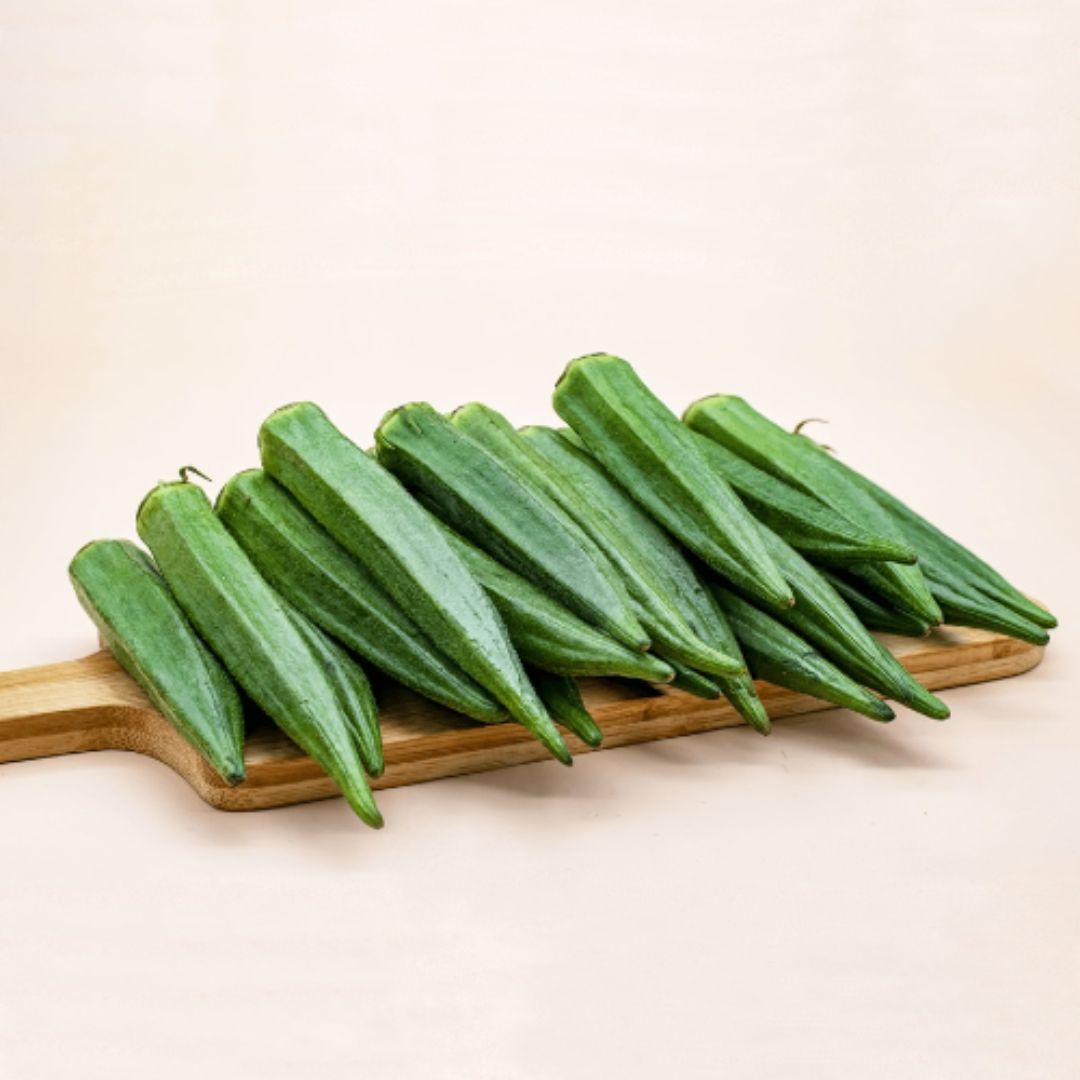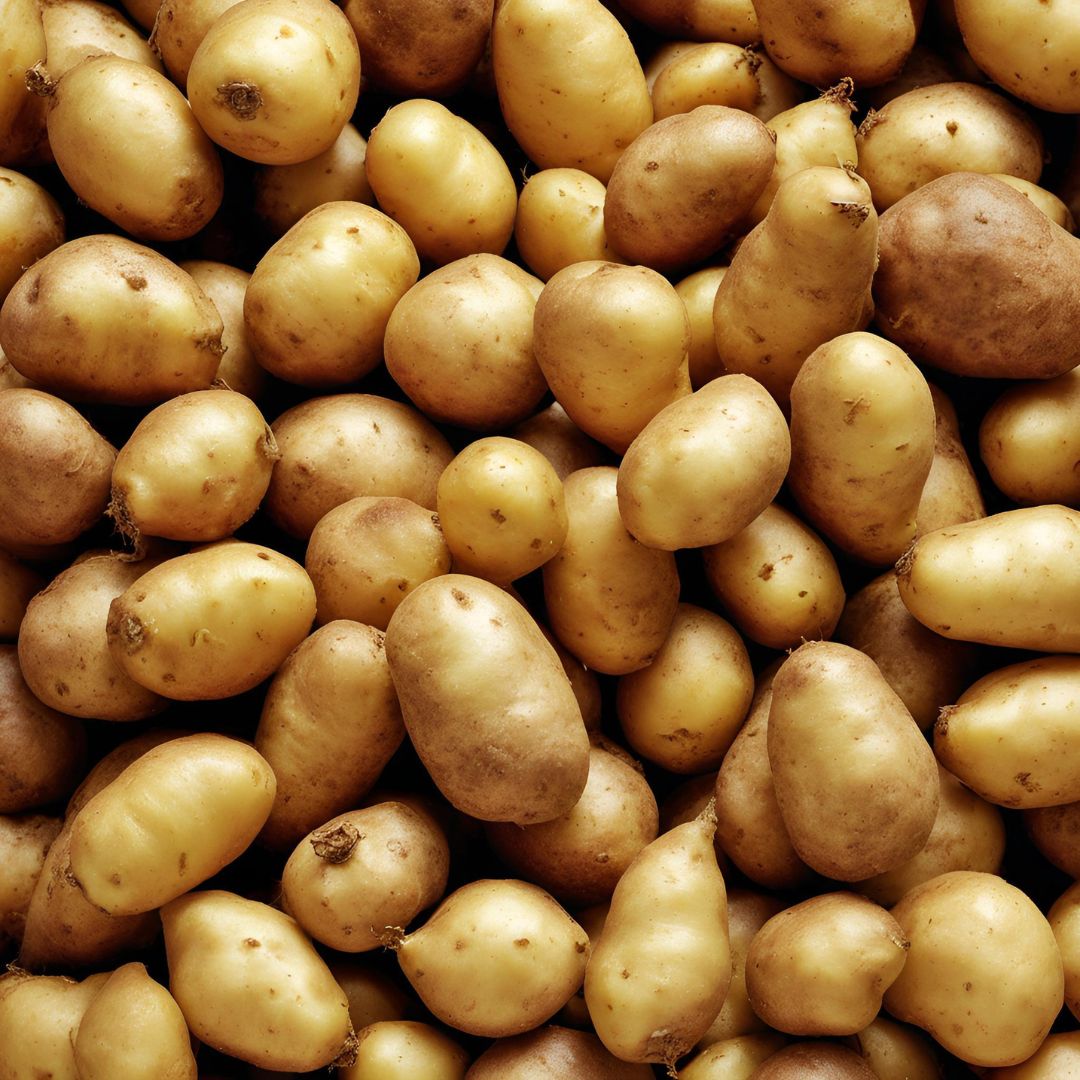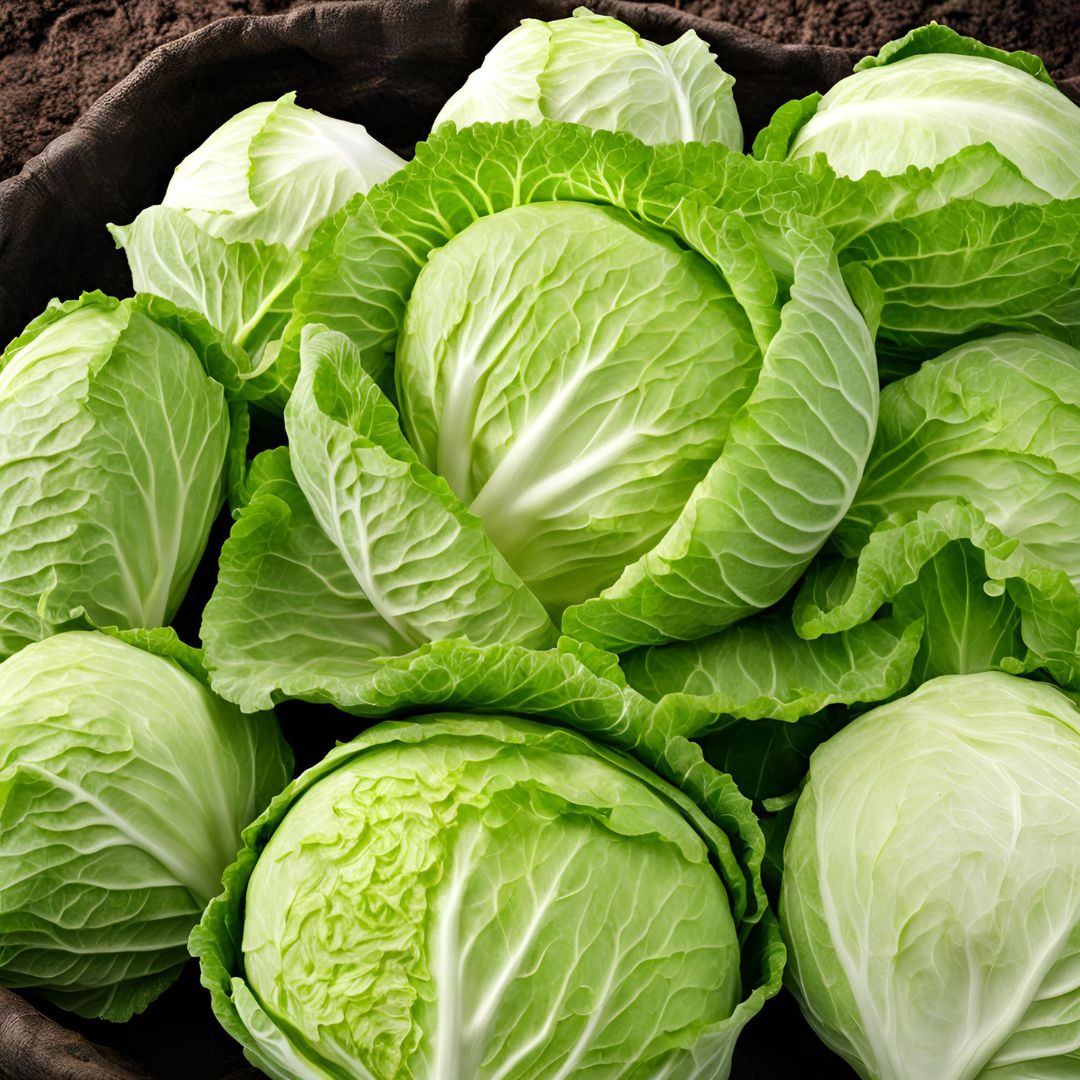Varieties of Indian Okra
1. Desi Okra:
• Traditional Indian variety with a characteristic tender, slender, and green pods.
• Commonly used in Indian curries and dry dishes.
2. Hybrid Okra:
• A cross-bred variety designed to be more disease-resistant and higher-yielding.
• Typically more uniform in size and shape, and preferred for large-scale commercial production.
3. Long Okra:
• Longer in size than regular okra, often preferred in some international markets.
• Known for its smooth texture and slightly firmer flesh.
4. Green Okra:
• The most commonly cultivated variety in India, known for its deep green color and tender texture.
Top Okra-Producing States in India
1. Uttar Pradesh: Major producer, with okra grown primarily in districts like Kanpur, Etawah, and Lucknow.
2. Madhya Pradesh: Known for high yields of okra, especially in regions like Gwalior and Indore.
3. Rajasthan: A significant producer of okra, particularly in areas like Churu and Barmer.
4. Gujarat: Grows okra widely in areas like Saurashtra and Kutch.
5. Tamil Nadu: Widely grown in southern India, with the states' tropical climate ideal for okra cultivation.
Packaging and Transportation
1. Packaging Standards:
• Okra is generally packed in ventilated cartons, plastic crates, or jute bags to maintain airflow and prevent moisture buildup.
• Standard packing weight is 5kg, 10kg, or 15kg per carton, depending on the export destination's preference.
• Packaging should protect the pods from damage and allow for proper air circulation to prevent spoilage.
• Labels should include the variety, grade, weight, and country of origin.
2. Storage and Transport:
• Ideal temperature: Store okra at 10–12°C to maintain freshness and prevent spoilage.
• Humidity: Moderate humidity (85–90%) is required to preserve freshness and texture.
• Okra should be transported in refrigerated containers to prevent wilting and preserve its crisp texture during long-distance shipping.
Advantages of Indian Fresh Okra
1. High Nutritional Value:
• Okra is rich in vitamins, minerals, fiber, and antioxidants, making it a healthy addition to any diet.
2. Taste and Versatility:
• Okra is commonly used in a wide range of dishes, from curries and stews to salads, stir-fries, and even pickles.
3. Affordability:
• India’s large-scale production of okra ensures competitive pricing in international markets, making it an attractive option for importers.
4. Long Shelf Life:
• With proper packaging and storage, okra has a relatively longer shelf life compared to many other vegetables, making it ideal for export.
Challenges in Okra Export
1. Perishability:
• Okra is highly perishable and requires proper cold chain management to ensure it reaches the export destination in good condition.
2. Quality Control:
• The uniformity in size, color, and shape is critical for export, as international markets expect high-quality produce.
3. Storage and Handling:
• Proper handling during packaging and transport is essential to avoid bruising or damage to the okra pods.
4. Seasonality:
• Okra is subject to seasonal fluctuations in supply, and export volume may vary depending on harvest cycles.
Opportunities
1. Organic Okra:
• The increasing global demand for organic vegetables offers a significant opportunity for Indian farmers to export organic okra.
2. Frozen Okra:
• The frozen okra market is growing due to its convenience and longer shelf life. Exporting frozen okra can help overcome issues of perishability.
3. Health Trends:
• As consumers become more health-conscious, the nutritional benefits of okra—such as its high fiber content and antioxidant properties—can be emphasized to attract buyers.
4. Processed Okra:
• Offering processed okra products such as okra powder or dried okra for culinary or medicinal purposes could open up additional export avenues.
5. New Markets:
• While the Middle East, Europe, and North America remain strong markets, there is potential for Indian okra to enter emerging markets in Southeast Asia, Africa, and Latin America.




